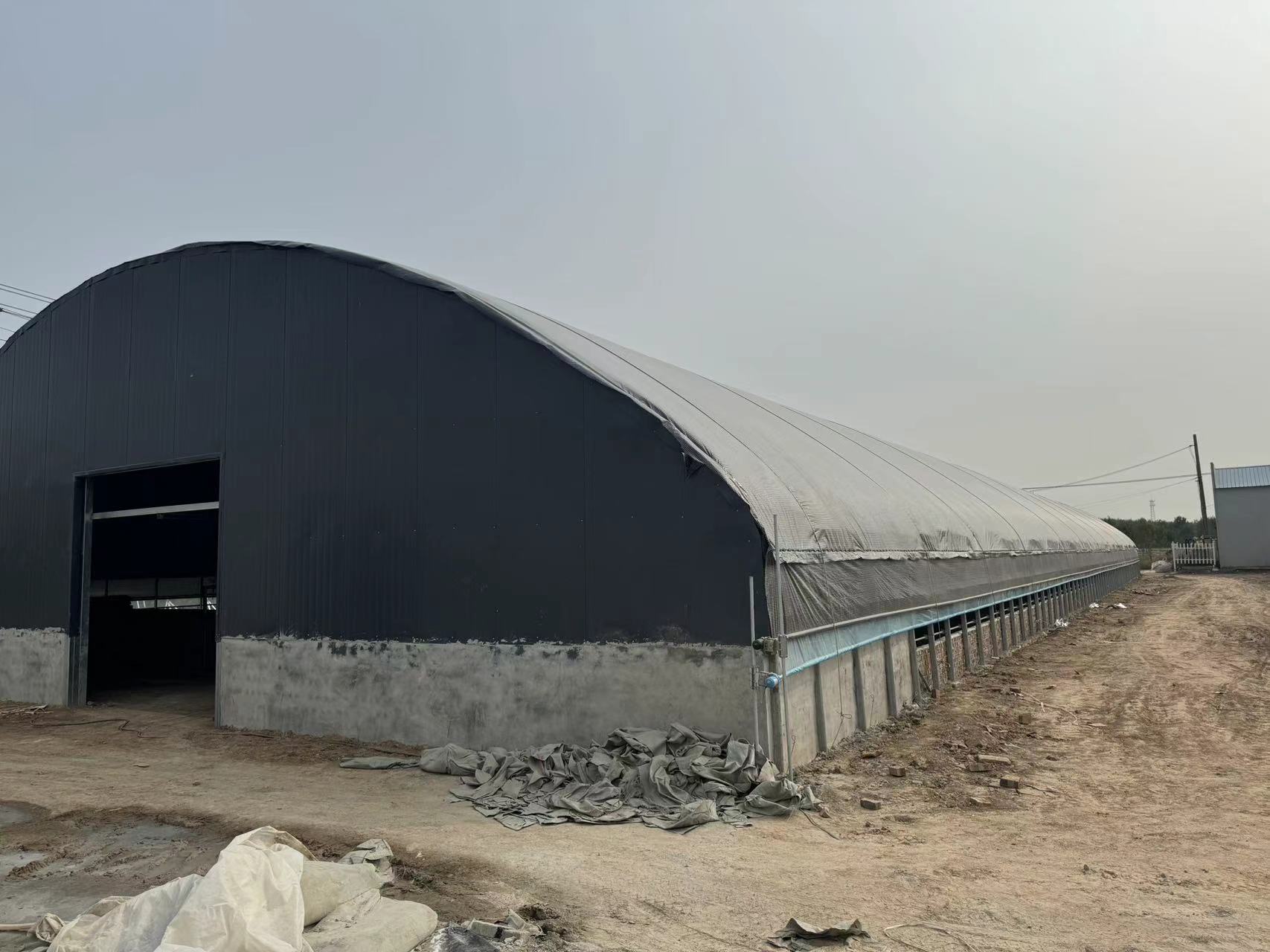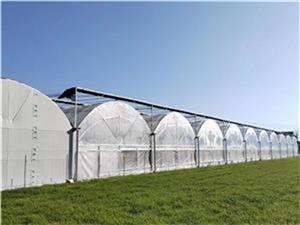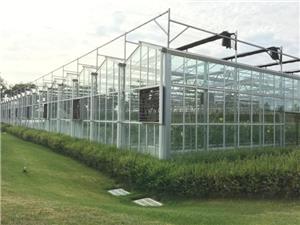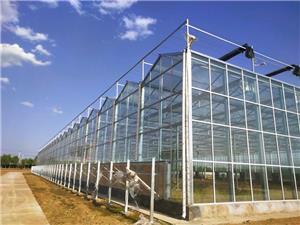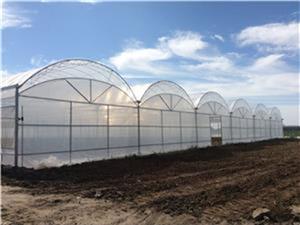The role of glass and film in greenhouses
Achieving the perfect balance of light, temperature, and humidity is the key to success in modern protected cultivation. The choice of plastic film for the film greenhouse is a critical decision that directly impacts this microclimate. A leading Italian company, Agriplast, has introduced an innovative solution named Solex, a patented agricultural greenhouse film that uses hollow glass microspheres to filter solar radiation .
This film greenhouse technology is produced with 7-layer co-extrusion, ensuring excellent mechanical performance and high resistance to aging. The microspheres primarily plastic film influence two factors: solar radiation film greenhouse and heat. Regarding light,plastic film the microspheres utilize refraction, plastic film which differs from ordinary diffused light films. This phenomenon significantly increases film greenhouse light transmission while altering the light's incident angle, preventing direct sunlight from stressing the plants plastic film .
From a thermal perspective, the glass plastic film microspheres act as a powerful insulator. The plastic film creates a thermal barrier between the inside and outside of the greenhouse. This allows for more gradual temperature changes plastic film and reduces heat stress for the crops. Research on crops cultivated under the Solex film greenhouse has shown improved overall plant health and increased resistance to adverse events like specific climatic conditions or virus spread. Growers also observe yield increases and significant improvement in fruit flavor attributes . This advanced agricultural greenhouse material represents a significant plastic film step forward in precision climate management.
Selecting the right covering is fundamental for optimizing productivity in a film greenhouse. A study evaluating the effect of different films provides concrete data on the benefits of Polyolefine (PO) film compared to conventional polyethylene (PE+EVA) film. The research highlighted that PO film possesses superior physical qualities, including stronger tensile and tear strength plastic film .
Crucially for plant growth, the PO plastic film demonstrated a 4% higher transmission performance in photosynthetic active radiation (PAR) than the conventional PE+EVA film. The internal climate of the agricultural greenhouse was also improved; the average day and night temperatures under PO film were 1.5°C and 0.8°C higher, respectively, with no significant difference in relative humidity plastic film .
These enhanced conditions translated directly into better crop performance. The chlorophyll content of both lettuce and cucumber plants grown under the PO film greenhouse was higher. Key growth characteristics such as plant height, leaf area, fresh weight, and dry weight of cucumber film greenhouse were more favorable under PO film. Ultimately, this advanced plastic film covering led to a significant yield increase of 14.0% for cucumber and 13.6% for lettuce . For commercial growers, investing in a high-performance PO agricultural greenhouse structure is a proven strategy to enhance profitability.
━━━━━━━━━━━━━━
3. The Biodegradable Dilemma: How PLA Films Reshape Soil Carbon Dynamics
As the demand for sustainable alternatives grows, biodegradable plastics like polylactic acid (PLA) are being considered for agricultural greenhouse films. However, a pioneering two-year field study reveals that these "eco-friendly" materials can have complex and unexpected consequences beneath the soil surface. The research found that while PLA did not change the total amount of soil organic carbon, it dramatically rewired its composition .
The study showed that PLA, a carbon-rich but film greenhouse nitrogen-poor material, attracted specific microbes that began feasting on it. This activity led to a 32% reduction in plant-derived lignin, a stable carbon compound crucial for long-term storage. "These microbes see PLA as a feast," explained Dr. Jie Zhou, a co-leader of the study, "But in doing so, they also ramp up enzymes that degrade other stubborn carbon compounds" .
This creates a paradox. While the use of a biodegradable plastic film for a greenhouse seems environmentally sound, it may destabilize native soil carbon. Furthermore, the microbial adaptation to PLA triggered nitrogen limitation, causing microbes to film greenhouse break down bacterial necromass—a key component of soil carbon. For farmers using a film greenhouse, this underscores the importance of understanding the full lifecycle impact of covering materials on soil health, a vital asset for any agricultural greenhouse operation agricultural greenhouse
